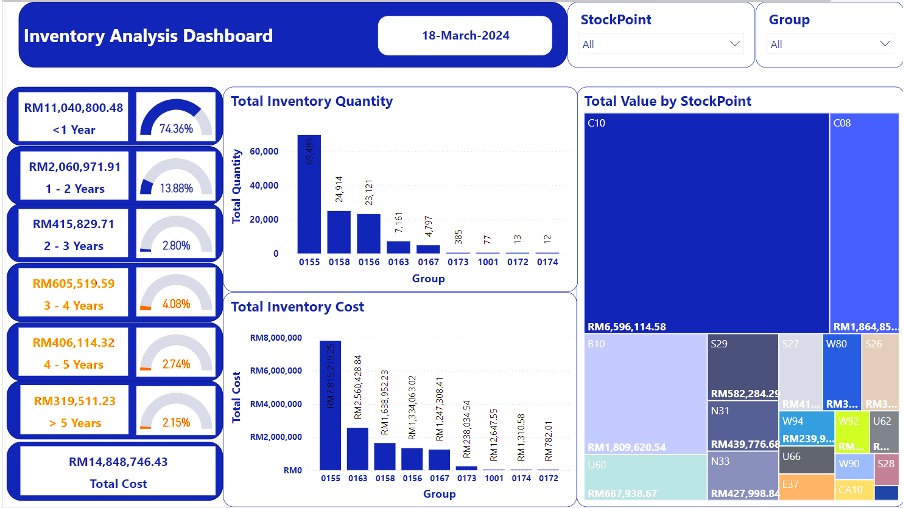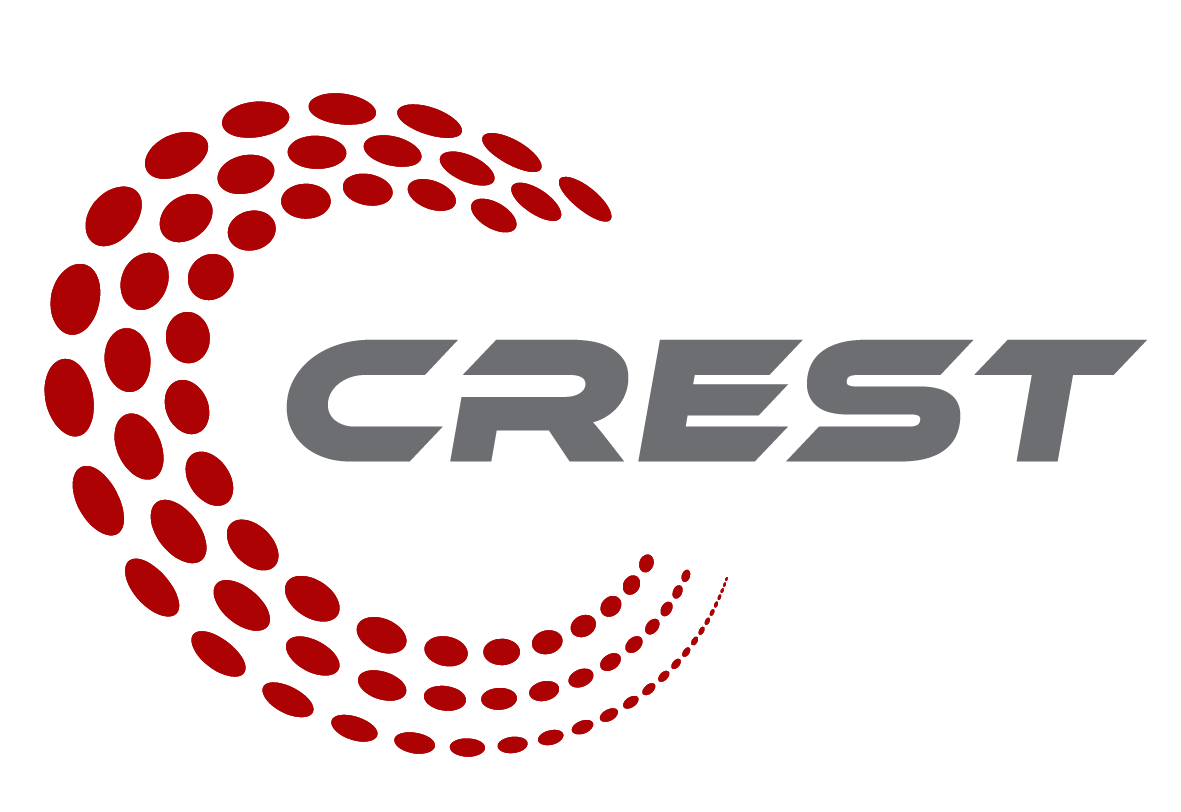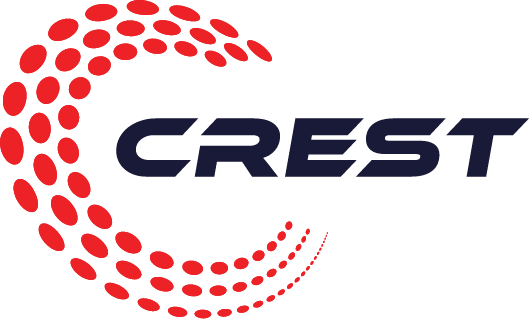How Retail & Wholesale Supermarkets Can Optimise Power BI
In today’s fast-paced retail and wholesale supermarket industry, it isn’t just about having a wide selection of products it’s about knowing exactly what your customers need, when they need it, and how to offer it to them. This is where Power BI, a powerful business intelligence tool, comes into play. With its ability to transform data into actionable insights, Power BI gives supermarkets the competitive edge they need to draw in high-value customers and wholesale partners.
Imagine being able to predict what your customers will buy next or having real-time updates on which products are flying off the shelves and which are gathering dust. Sounds like a dream, right? Let’s dive into how you can turn this dream into reality using the power of data.
EXAMPLE OF INVENTORY MANAGEMENT DASHBOARDS

1. Speak Your Customer’s Language: Targeted Marketing Done Right
It’s one thing to have a sale, but imagine being able to reach the right customer at the right time with exactly what they want. Power BI makes this possible by helping you analyze customer data from purchase histories, demographics, and even browsing behaviours.
Example: Picture this—your data shows that customers in one region are spending 40% more on organic produce than anywhere else. Instead of throwing a blanket promotion across all stores, target those high-spending customers with tailored offers for organic products. When customers feel understood, they’re more likely to come back, and that’s how you turn one-time shoppers into loyal patrons.
2. The Inventory Sweet Spot: Never Run Out, Never Overstock
There’s nothing worse than customers walking into your store or visiting your online shop only to find that the product they want is out of stock. On the flip side, overstocking ties up cash in slow-moving products. Power BI lets you keep your shelves stocked with exactly what customers are buying, with real-time inventory tracking.
Story: One wholesale supermarket used Power BI to monitor inventory trends and discovered a sudden spike in demand for a particular type of cooking oil. By quickly restocking and running a promotional campaign, they turned a potential stockout into a high-profit opportunity, attracting both retail and bulk buyers.
3. Real-Time Sales Insights: Stay Ahead of the Game
Sales are the lifeblood of any retail or wholesale supermarket, but understanding why certain products sell better than others requires more than guesswork. With Power BI, you can track real-time sales data giving you the ability to react instantly to market trends.
Action Plan:
Identify top sellers and boost their visibility with strategic in-store placements or special promotions.
Spot slow movers and optimize pricing or packaging to clear out inventory.
Use trend analysis to anticipate future demand and stay ahead of the competition.
The result? You’re not just reacting to what’s happening today—you’re anticipating tomorrow’s needs, securing larger leads from wholesale buyers who need confidence in stock availability.
4. Win with Dynamic Pricing: Stay Competitive Without Sacrificing Profit
Pricing can make or break a deal, especially in a highly competitive industry. With Power BI, you can implement dynamic pricing based on real-time data from competitors, customer demand, and market conditions. No more guessing—only data-driven decisions that attract big wholesale clients and savvy retail shoppers.
Case Study: A retail supermarket chain used Power BI to track competitor prices and adjust their own pricing strategies. They ran a targeted flash sale on in-demand products while maintaining competitive margins. The result? An influx of new retail customers and increased bulk orders from businesses.
5. Strengthen Supplier Partnerships: A Win-Win Approach
Attracting big wholesale requires more than just offering great deals—you also need to prove you can deliver consistently. Power BI allows you to analyze supplier performance and lead times, ensuring that your supply chain is as reliable as your products.
Imagine showing a potential bulk buyer your on-time delivery rates, backed by real data. When businesses see that they can count on you, it’s not just a lead—it’s a long-term partnership.
6. Predict the Future: Make Big Moves with Predictive Analytics
Want to know what your customers will want tomorrow? Power BI’s predictive analytics can help you see patterns in customer behaviour, seasonal trends, and product popularity, allowing you to prepare for the future. This kind of insight can give you a significant edge in landing large-scale wholesale deals.
Scenario: A supermarket noticed through predictive analytics that bottled water sales spike during hot months. Armed with this knowledge, they secured bulk orders with corporate clients before the hot rush, ensuring smooth supply and maximizing profits.
Conclusion: Data Is the Key
In the retail and wholesale supermarket industry, data is more than just numbers—it’s the key to unlocking new opportunities. With Power BI, you can turn your data into insights that drive targeted marketing, optimize inventory, and build strong relationships with both retail customers and wholesale buyers.
By harnessing the full potential of Power BI, supermarkets can stay ahead of the competition, anticipate customer needs that lead to long-term success. The future of retail and wholesale is data-driven, and the time to embrace it is now.
Want to learn more? Contact us today to see how our Power BI consulting services can help you unlock new growth opportunities.

